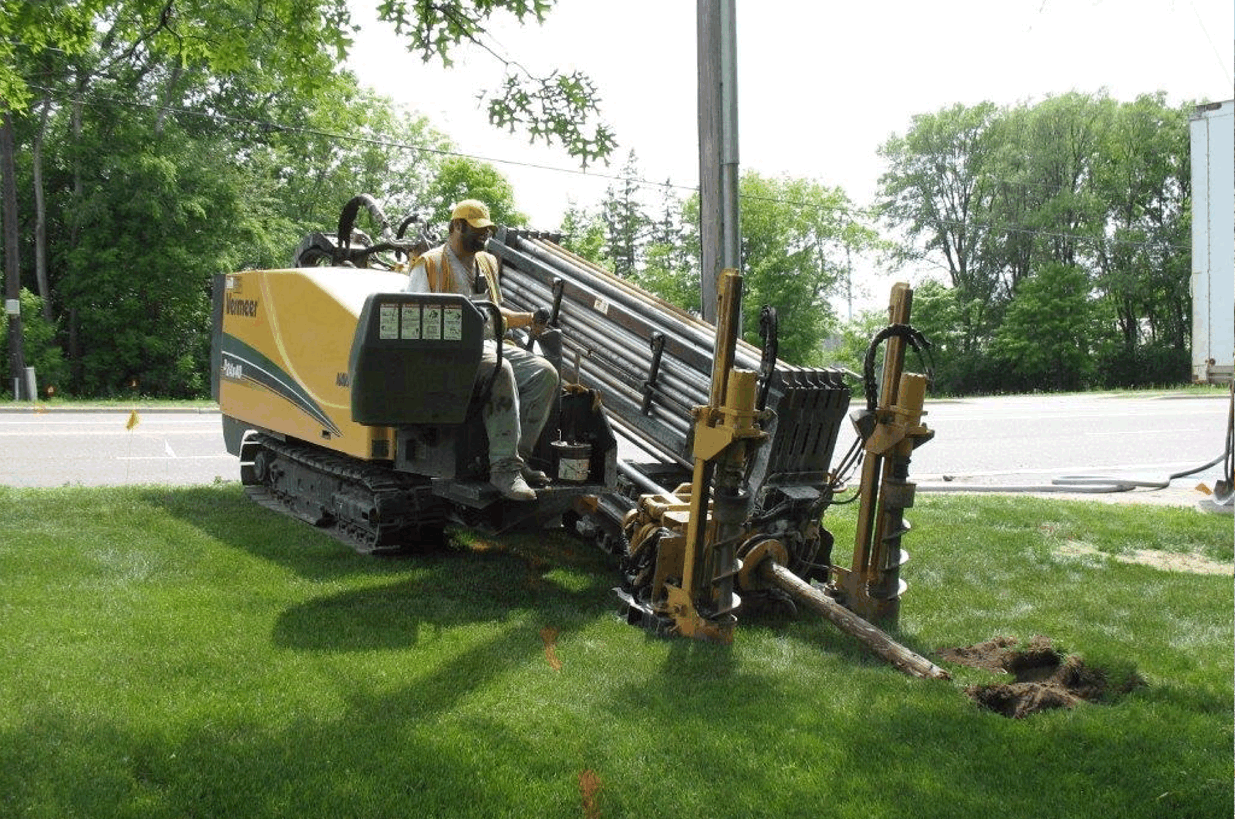The practice of directional drilling has emerged as a transformative technique in the world of underground exploration and utility installation. Unlike standard vertical drilling, directional drilling allows drillers to drill at various angles to reach targets that are otherwise difficult or insurmountable to access. This novel approach not only boosts efficiency but also lessens the impact on the surface environment, making it a preferred choice for various industries. As urbanization continues to expand, the need for sophisticated drilling techniques has never been more critical, driving the progression of this essential technology.
In this article, we will examine the trends and techniques shaping the directional drilling revolution. From comprehending the principles of directional drilling to delving into its specific applications in the oil and gas industry, utilities, and sustainable energy, we will provide a thorough overview. We will also showcase the benefits of this method compared to traditional drilling, review the technology behind it, and explore the future innovations that promise to further enhance its capabilities. Join us as we journey through the complexities of directional drilling and discover why it has become a cornerstone of modern infrastructure development.

Understanding Directional Boring
Directional drilling is a cutting-edge technique that allows the drilling of wells at various angles instead of solely perpendicular. This method permits users to reach goals that are not directly beneath the boring platform, making it a flexible approach for utilizing subsurface materials more effectively. Directional boring is essential in industries such as energy, utilities, and clean energy, where exact drilling routes can minimize spending and environmental impact.
This method has advanced substantially since its introduction, including sophisticated instruments and methods that enhance drilling accuracy and performance. With the ability to drill laterally, users can maneuver through obstacles, reduce the number of surface locations needed, and reduce disruption to the surroundings. Comprehending the development of directional drilling techniques provides a perspective into how this technique has changed material retrieval and construction.
Furthermore, directional drilling is characterized by its different applications, including improving energy harvesting to supporting infrastructure projects and renewable energy projects. Each application utilizes tailored methods tailored to the particular needs of the setting and the desired outcome. As the industry continues to advance, the techniques and tools employed in directional drilling are poised to additionally change how we conduct subsurface research and construction.
Benefits of Horizontal Drilling
Directional drilling offers substantial advantages over traditional straight drilling methods, especially in terms of efficiency and affordability. By allowing for angled boreholes, horizontal drilling reduces the distance to the target site, which can lead to shortened drilling durations and decreased costs. This efficiency is especially crucial in industries such as petroleum, where quick access to materials can have a significant impact on profitability.
Another key benefit is the minimization of ground disruption. Unlike traditional drilling, which often necessitates large-scale clearing of land, directional drilling can maneuver around barriers and avoid sensitive areas. This is particularly important in urban settings or ecologically fragile locations where protecting the environment and minimizing disturbance is essential. As a result, less materials are needed for site restoration, and the overall environmental impact is greatly lessened.
Additionally, directional drilling enhances project versatility by enabling access to previously unreachable areas. This technique facilitates for the installation of utilities and pipelines in various terrains, avoiding the challenges posed by natural barriers. With its ability to adapt to diverse situations and issues, horizontal drilling plays a vital role in modern construct development, making it an essential method in the sector.
Upcoming Developments in Directional Borehole Technology
The prospects of directional drilling is expected to be characterized by innovative innovations that enhance efficiency and precision. Advanced technologies, such as artificial intelligence, are being integrated into drilling systems to improve effectiveness during drill planning and execution. These systems enable operators to examine vast amounts of data for instantaneous adjustments, greatly reducing downtime and enhancing overall productivity.
Mechanization will also be essential in the advancement of directional drilling. The introduction of robotic drilling rigs and advanced sensors can simplify operations and reduce the need for manual oversight. This transition towards automation not only improves safety by diminishing the risk of human error but also enables more complex drilling projects to be executed with assurance, especially in demanding environments.
Moreover, as the world increasingly focuses on sustainability, directional drilling is set to support the transition to more sustainable infrastructure. my latest blog post in drilling fluids aim to reduce environmental impact while preserving efficiency. With a focus on minimizing surface disruption, directional drilling will persist as a key player in urban development, utility installation, and renewable energy applications, coinciding with global efforts to build more eco-friendly and robust communities.
